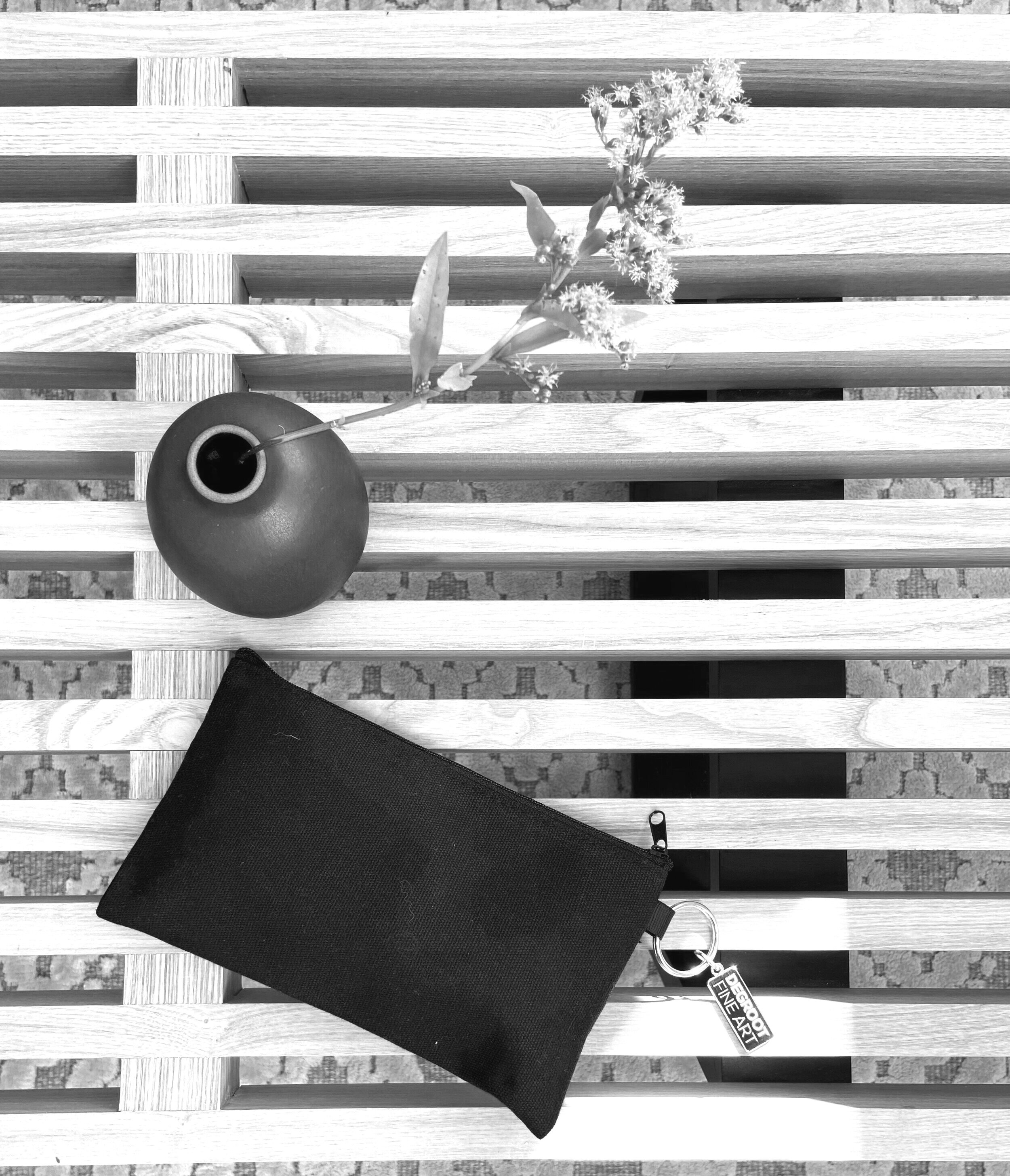Clarity for the Glazed and Confused: A Guide to Cleaning Glazing
You may be tempted to spray your highly sought after Lysol—or another disinfectant—all over your home in an effort to keep everything clean and virus-free. It’s important to make sure our environment is free of germs—especially now—but it’s also wise to ensure that the appropriate cleaners are used on each surface. When it comes to your framed artwork, you should know which solutions to use on the glazing and which ones will actually cause more harm than good. You may wonder what glazing is, if there are different types, and how each should be cleaned. As art consultants, we do our best to inform our clients on best practices to keep their collection clean and protected so we’ve put together a comprehensive guide to cleaning your glazing.
Glazing 101
Glazing is the transparent glass or plastic material that is fitted within the frame and provides a protective layer for your artwork. The decision to use glazing is determined on a case by case basis, but it is often selected to protect artwork from touching, impacts, spills, dust, pollution, environmental changes, and ultraviolet light. If your artwork is installed in a well-trafficked area, close to a lot of natural light, or in a zone with higher humidity or temperature changes, it would be a good idea to consider glazing. Different types of glazing provide varying degrees of protection, have their own set of pros and cons, and should be cleaned with different solutions. Listed below are some quick facts on four common glazing types.
Glass is the most historically used glazing material. Glass has great clarity, is non-static, and is relatively inexpensive. However, glass is heavy, not flexible, can break causing damage to the work, and can create color casts and reflections.
Museum Glass is also heavy, but more flexible and allows for an ultra-clear, and reflection-free viewing experience. A thin coating applied to both sides of the material protects against damaging ultraviolet rays but its archival nature comes at a higher price.
Plastic/Acrylic—like Plexiglass and Acrylite—was introduced as a glazing option for artwork in the 1970s and is lightweight, easy-to-cut, flexible, and affordable. However, acrylic glazing can be vulnerable to scratching and can create color casts or lack clarity.
UV-Protecting Plastic/Acrylic is an acrylic glazing that has a coating on both sides to block harmful UV rays and therefore a little bit more of an investment. It is also lightweight, flexible, and anti-glare. Depending on the brand, it can have a slight yellow cast.
First Things First: Read Your Labels
DFA cleaning kits filled with sample-sized essentials
We certainly wouldn’t want you to ruin the integrity of your glazing and unknowingly damage your artwork as a result of improper cleaning. So, before you pick up the blue window cleaner, read your labels. There are two labels that you need to study to determine the best cleaning solution. First, check the artwork label on the back of the frame. We always include information on the back that designates what type of glazing is on the surface. If you don’t see a label on the back of the frame, don’t fret. We can certainly help you distinguish which type you have.
Second, read the label on the back of your cleaning solution and note if you see any of the three As listed: ammonia, alcohol, or acetone. Any solution with these solvents should be avoided on plexiglass, UV-protecting plexiglass, and Museum glass as they will deteriorate the protective coating and scratch the surface. A compromised coating can create glares and reflections on the glazing and cause discoloration of the artwork over time. We recommend using a non-abrasive cleaning solution like Novus or Brillianize on these surfaces. Using ammonia-based cleaners like Windex and 409 are only safe on glass surfaces. When in doubt, you can also make a diluted solution of dishwashing liquid and water to clean any surface.
Spray, Wipe, Repeat
You should always spray or apply a cleaning solution to a non-abrasive microfiber cloth or Kimwipe. Never spray anything directly onto the glazing. Cloths or paper that shed fibers should be avoided as they will leave behind small particles on the surface. Wipe the cloth in a back and forth motion and be sure to go over any excess cleaner left on the surface to avoid streaking. Like the instructions on the shampoo bottle, you don’t really need to repeat unless you still see some areas that need some extra attention.
While we may feel inclined to clean a bit more often these days, remember to consider your cleaning solutions. If you are concerned or seeking clarification on the best way to clean the glazing on your framed artwork or have questions about cleaning other types of artwork, we are always happy to help you navigate.
. . .

